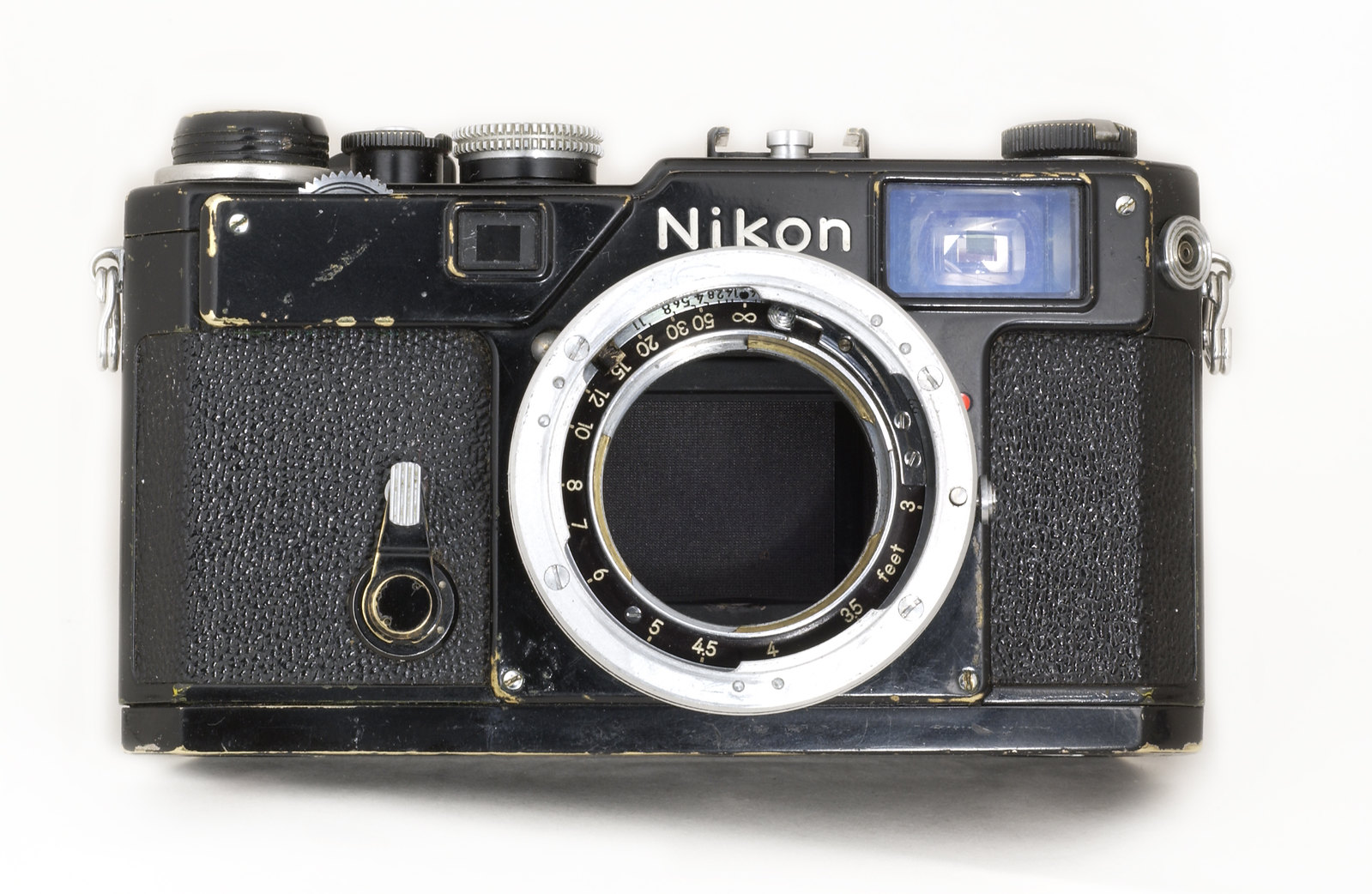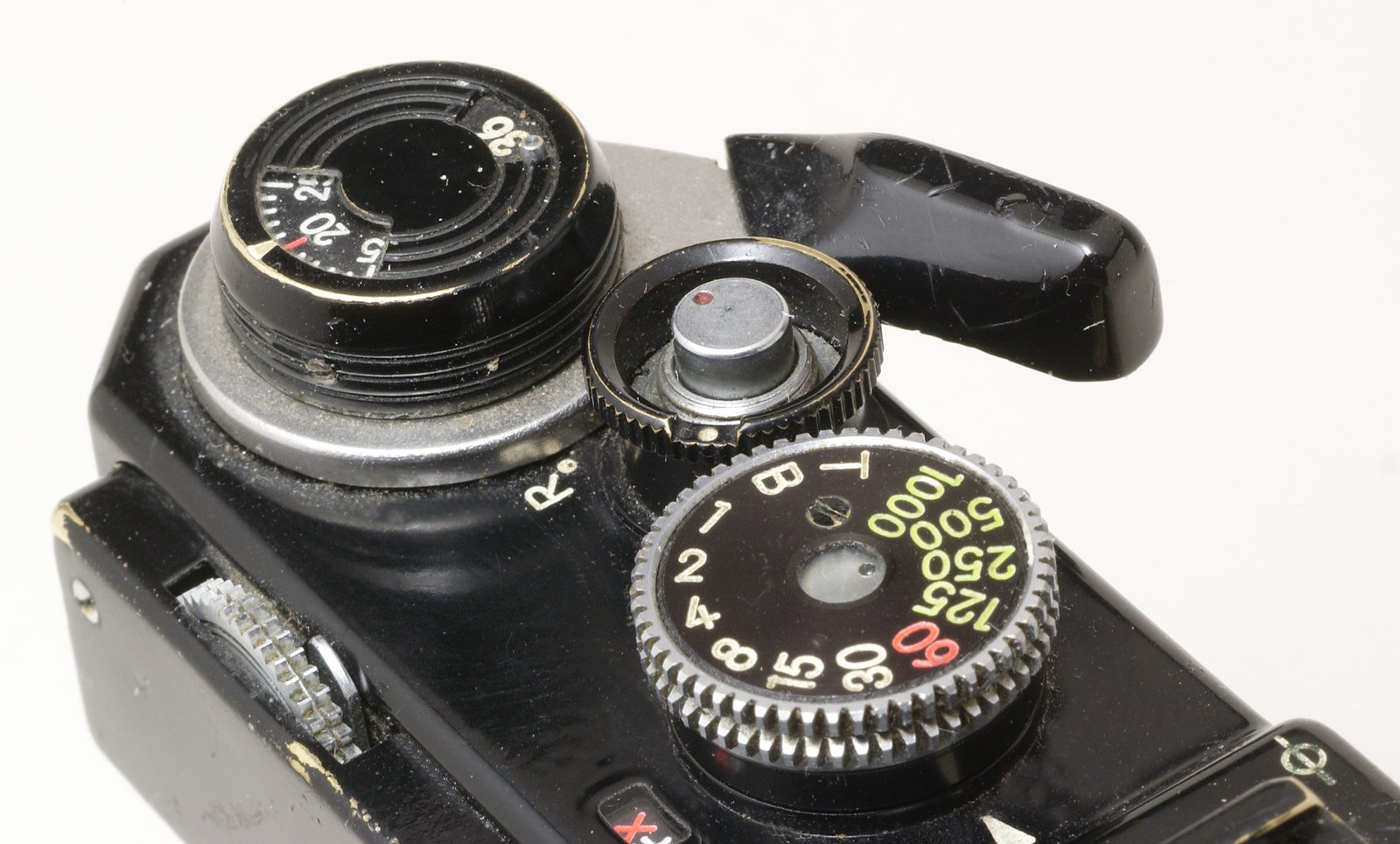Not that many of us these days use the ancient Nikon rangefinders, with their very peculiar "S" bayonet mounts. Yet the Nikon "S" is the camera that literally made Nikon into what they are today.
Being "discovered" by David D. Duncan and other LIFE photographers on their travels to cover the Korean war, Nikon became the insider's tip in the early 1950s. A widely cited article in NY Times (Dec 1950) put the foundation for that fame, but no amount of writing would have helped if the cameras didn't match up to the best performers of those long gone days. It certainly did and not the least the lens designation "Nikkor" became a synonym of excellence. Funny about the name though, "Nikkor" was evidently choosen so as not to be mistaken for [Zeiss] Ikon, a big label at that time.
I purchased my first Nikon rangefinder in London UK more than 40 years ago. It was a black beauty and I haggled the price down to around $ 150 or so (in today's currency). It came without lenses, so I spent the next years tracking down lenses for it and finally managed to get a fair optical arsenal for it. I have used the camera quite extensively but it still operates with the same silky-smooth feeling after all these years.
Recently I was made aware that my camera was one out of a handful cameras made on order for Associated Press(AP) in UK and had great historical (and economical) value. The appraisal quoted 5-digit numbers ... However, I have no thought of selling the camera, no matter how high the bid becomes. Just adds to the enchantment of owning this beautiful old-timer.
This is how the camera looks like, with the classic Nikkor-S 5 cm f/1.4 lens attached,

Here is a front view, showing the S-mount which is dual and has an internal and an external section. The internal part is for the 50 mm normal lenses which lacked their own focusing mechanism and had to be focused with the thumbwheel located on the top of the bodywork. A make-shift Nikon F to S adapter has been attached to the external S mount.

A pre-AI 50 mm f/2 Nikkor merges nicely with the camera outline, but most Nikkors could be attached. As there is no linkage between the lens and camera controls, focusing has to be done by consulting the distance scale on the lens. Thus, shorter focal lengths will work the best.
I quickly found the rapid-wind lever to be chafing on my hand, so replaced it with a spare lever from an old Nikon F2. Despite the model and age differences the parts exchanged seamlessly.

Later, I purchased several other of the rangefinder Nikons, so now have the following selection:
- Nikon S (1951)
- Nikon S2 (1954)
- Nikon SP (1957)
- Nikon S3 Black AP (1958)
- Nikon S3 "2000 Commemoration" (2000 jubilee model)
In addition, I have the Bessa R2S (2003) which accepts the "S" mount lenses, has built-in TTL metering, and dare I say a much better viewfinder than any of the older Nikons. Unfortunately the Bessa now also is history, being discontinued after just a short production run. There still are stocks of it, but they won't last forever.
I purchased the Voigtländer 15 mm f/4.5 Heliar, 21 mm f/4 Scopar, and the 50 mm f/1.5 Nokton, with my Bessa R2S. All of these mount on my Nikon rangefinders as well.
From the Nikkor line I have the 2.1 cm f/4, 35 mm f/1.8, 35 mm f/2.5, 35 mm f/3.5, 50 mm f/2, a number of 5 cm/50 mm f/1.4 lenses dating back to early 1951, plus the special version called 50 mm f/1.4 Olympic which is multicoated and has improved optics. I also own the famous 8.5 cm f/2 and 10.5 cm f/2.5 Nikkors, plus the 135 mm f/3.5 and the 25 cm (250 mm) f/4 telephoto Nikkor. To complete the picture, I have made adapters so I can use the various UV lenses on my rangefinders.